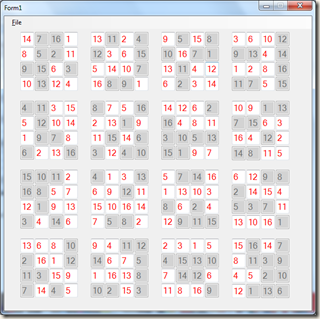

If you were given a “sudoku test” where you weren’t allowed to use a computer You won’t be better at solving Sudoku puzzles just because you can copy answers onto your page. It doesn’t help you develop resilience or logical thinking. This is fantastic because copying down the answers and moving onto the next puzzle isn’t the point. There are lots of free programs that let you type in the numbers of a puzzle and have the computer automatically generate the answer.

In other words, we’re going to practice what we learned about growth mindsets by doing Sudoku puzzles! TEACHER TALK: We strategically chose Sudoku to be part of this Character Building package because… One of the activities uses Sudoku as an opportunity to try strategy-based learning and to conscientiously think about being in a growth mindset. Right now, we’re in the final stages of publishing our lesson plan about Character Building (Learning Skills). $ This is similar to the previous possible enumeration, except we traverse the grid along rows first, then along columns, then along digits.Teach students to develop a growth mindset by using Sudoku puzzles to explicitly teach problem-solving strategies and perseverance strategies.

takes the form $ f(x) = a_1 x_1 + \cdots + a_n x_n $, for a vector $ x = \pmatrix. a linear objective function is an objective function that is linear, i.e.We could just call it a function, but often in optimization problems multiple functions come in to play, including functions that add constraints to the problem, in addition to the function we're optimizing an objective function is the function we want to maximize or minimize.find a value for x that maximizes a given function $ f(x) $ an optimization problem is a problem in which one seeks the maximum (or minimum) of an objective function, i.e.Let's break down what each of these pieces mean: Linear programming is, simply put, an optimization problem in which the objective function and constraints are all linear.


 0 kommentar(er)
0 kommentar(er)
